I. Introduction
Imagine this: it’s Saturday morning, you’ve just finished your coffee, and you’re itching to get started on that weekend project in your garage. Maybe it’s something straightforward, like a tire rotation, or perhaps you’re diving into a more ambitious task, like restoring that classic car you’ve had your eye on. Now, picture tackling these jobs with nothing but hand tools. Frustrating, right? It’s the kind of scenario that sends even the most patient DIYer to the brink of madness.
But what if I told you there was a way to transform hours of sweat and toil into a few minutes of satisfying work? Enter air tools—the unsung heroes of the garage. These pneumatic marvels pack more punch than their electric counterparts and make even the toughest jobs feel like a breeze. Today, we’re diving deep into the world of air tools to explore why they deserve a spot in every garage, whether you’re a weekend warrior or a seasoned pro.
II. Understanding Air Tools
Let’s start with the basics. What exactly are air tools? Known in more technical circles as pneumatic tools, these devices are powered by compressed air rather than electricity. The beauty of air tools lies in their simplicity. When you hook one up to an air compressor, it’s like giving it a shot of adrenaline. The compressed air flows into the tool, moving internal pistons, rotors, or turbines, which then power the tool’s operation. This mechanism not only makes air tools more powerful than many electric tools but also lighter and often more durable.
You might be wondering how air tools stack up against their electric counterparts. Well, if you’re serious about your garage work, air tools often come out on top. They deliver more consistent power, are less prone to overheating, and generally have a longer lifespan. Sure, electric tools are handy—especially if you’re just dabbling in DIY—but once you’ve experienced the raw power of pneumatic tools, it’s hard to go back.
III. Essential Air Tools for Every Garage

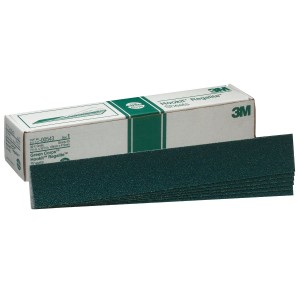
Green Corps Hookit Regalite File Sheet, 36 Grade, two and three four inch x 1six and one two inch
Now that we’ve covered the basics, let’s talk about the must-have air tools that should be in every garage.
Impact Wrench
First up is the impact wrench. If air tools were a band, the impact wrench would be the lead guitarist—flashy, powerful, and absolutely essential. This tool is your best friend when you need to deal with stubborn lug nuts and bolts. There are different types of impact wrenches, from the classic pistol-grip to more specialized inline and angle-head models. The pistol-grip is the most versatile, perfect for general automotive work.
Imagine you’re rotating the tires on your car. With a manual wrench, you’re in for a workout, and not the fun kind. But with an impact wrench, you can zip those lug nuts off in seconds. Whether you’re working on a suspension system or swapping out a set of wheels, the impact wrench turns what used to be a daunting task into a satisfying, quick job.
Air Ratchet
Next on the list is the air ratchet. Think of this as the impact wrench’s little brother, designed for tight spaces where the bigger tool just won’t fit. Have you ever tried to loosen a bolt in a cramped engine bay with a regular ratchet? It’s like trying to scratch your back with a toothpick—frustrating and ineffective. Enter the air ratchet. It offers the same functionality as a manual ratchet but with the added benefit of speed, allowing you to breeze through those fiddly tasks with minimal effort.
The air ratchet shines when you’re working on undercarriage components or inside an engine bay where space is at a premium. Its compact size and speed make it indispensable for jobs that would otherwise take forever, freeing you up to focus on more complex parts of the project.
Air Compressor
Of course, none of these tools would work without an air compressor, the heart of any pneumatic tool setup. Choosing the right compressor is crucial. You don’t want one that’s too small and constantly struggling to keep up, nor do you need a behemoth if you’re just working on small projects. For most garages, a 20 to 30-gallon compressor with a CFM (cubic feet per minute) rating of 4.0 or higher will do the trick.
Once you have your compressor, it’s important to take care of it. Regular maintenance—like checking and changing the oil (if your compressor requires it), draining the tank to remove moisture, and keeping the air filters clean—will keep it running smoothly for years. After all, a well-maintained compressor ensures your air tools receive a consistent supply of clean, dry air, which is essential for their performance.
Air Drill
Let’s move on to drilling. If precision and power are what you’re after, an air drill is your tool. Lighter than electric drills, air drills reduce fatigue during prolonged use, allowing you to work longer without sacrificing precision. Whether you’re drilling into metal, wood, or plastic, an air drill can handle the job with ease.
Air drills come in various forms, each suited to different tasks. The pistol-grip model is versatile, perfect for a wide range of jobs, while the angle-head drill is your go-to for those tight corners. If you’re working on something delicate where precision is paramount, an inline drill offers superior control, ensuring that each hole is drilled exactly where you want it.
Air Hammer
When it comes to demolition, nothing beats an air hammer. Picture this: you’re trying to remove an old exhaust pipe or break up some concrete. With a regular hammer and chisel, it’s a slow, painful process. But with an air hammer, you can get the job done in a fraction of the time. The rapid hammering action of this tool makes quick work of tough materials, and with the right attachments, you can use it for everything from driving chisels to cutting through metal.
Different chisels are designed for different tasks. A flat chisel is great for removing tiles or splitting metal sheets, while a pointed chisel can break up concrete or stone with ease. There are even specialty chisels for tasks like cutting exhaust pipes or removing rivets. The air hammer’s versatility makes it a must-have for any serious garage.
Air Grinder
If you’re working with metal, you need an air grinder in your arsenal. These tools are the multitaskers of the air tool world, capable of cutting, grinding, and polishing with ease. Whether you’re cutting through steel pipes, grinding down welds, or polishing metal surfaces to a mirror finish, an air grinder is up to the task.
There are several types of air grinders, each designed for specific jobs. Angle grinders are the most common, offering a perfect balance between power and control for cutting and grinding. Die grinders, on the other hand, are smaller and more precise, making them ideal for detailed work like smoothing edges or finishing welds. Straight grinders are more powerful, often used for heavy-duty grinding and cutting tasks.
Paint Sprayer
Now, let’s talk about paint. If you’ve ever tried to paint a car with a brush or roller, you know how difficult it is to get a smooth, even finish. That’s where an air-powered paint sprayer comes in. These tools deliver a flawless finish that’s hard to achieve with other methods, whether you’re repainting a car or just touching up some parts.
The key to a good paint job is choosing the right nozzle and adjusting the air pressure to match the type of paint you’re using. Paint sprayers come with a variety of nozzles, each suited for different applications. A wide spray nozzle is perfect for covering large areas quickly, while a fine spray nozzle is ideal for detailed work or applying clear coats. With a paint sprayer, you can achieve professional results without breaking a sweat.
Air Sander
For those finishing touches, an air sander is essential. Whether you’re working with wood, metal, or plastic, an air sander can smooth out surfaces in no time, giving you a professional finish that’s hard to achieve with hand sanding. These tools come in various forms, each suited for different tasks.
Orbital sanders are the most common, offering a smooth, swirl-free finish that’s perfect for preparing surfaces for painting or staining. Belt sanders are more aggressive, making them ideal for removing large amounts of material quickly. For intricate work, a detail sander is your best bet, allowing you to get into tight spaces and achieve a perfect finish.
Tire Inflator
Finally, let’s talk about tire maintenance. Keeping your tires properly inflated is crucial for safety and fuel efficiency, and an air-powered tire inflator makes this task quick and easy. Unlike manual pumps, an air inflator is fast and offers precise control over air pressure, ensuring your tires are always inflated to the correct level.
A good tire inflator comes with a built-in pressure gauge, allowing you to monitor the pressure as you inflate. Some models even have automatic shut-off features that stop the airflow when the desired pressure is reached, taking all the guesswork out of the process.
IV. Specialty Air Tools for Advanced Garage Work
If you’re looking to take your garage work to the next level, there are a few specialty air tools that can make a big difference.
Die Grinder
For intricate detailing and finishing, a die grinder is a must-have. These small, lightweight tools offer incredible control, making them perfect for detailed work like smoothing out welds, engraving metal, or working on intricate parts. The die grinder’s real strength lies in its versatility—thanks to its ability to accept a wide range of attachments, from grinding wheels and burrs to polishing pads and sanding drums. This makes it an indispensable tool for any garage.
Cut-Off Tool
When you need to cut through metal quickly and cleanly, a cut-off tool is the way to go. These tools use
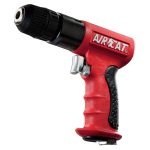

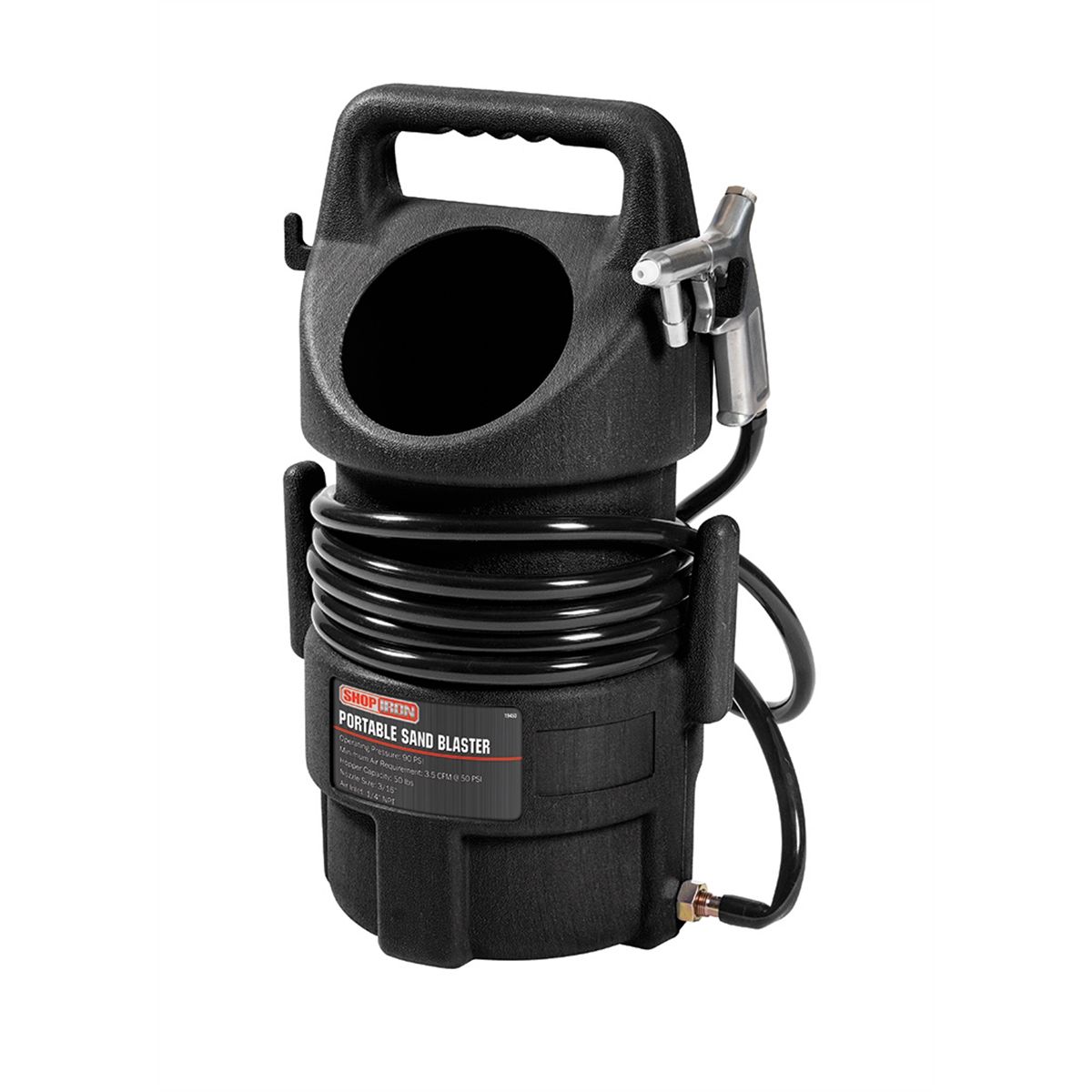
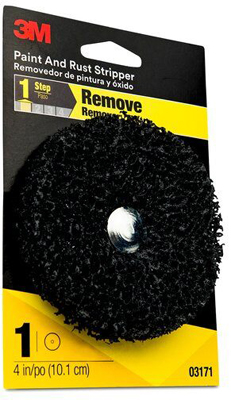
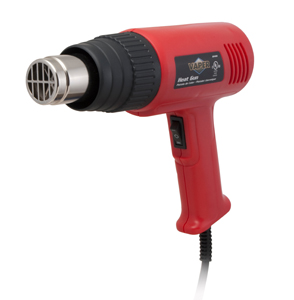



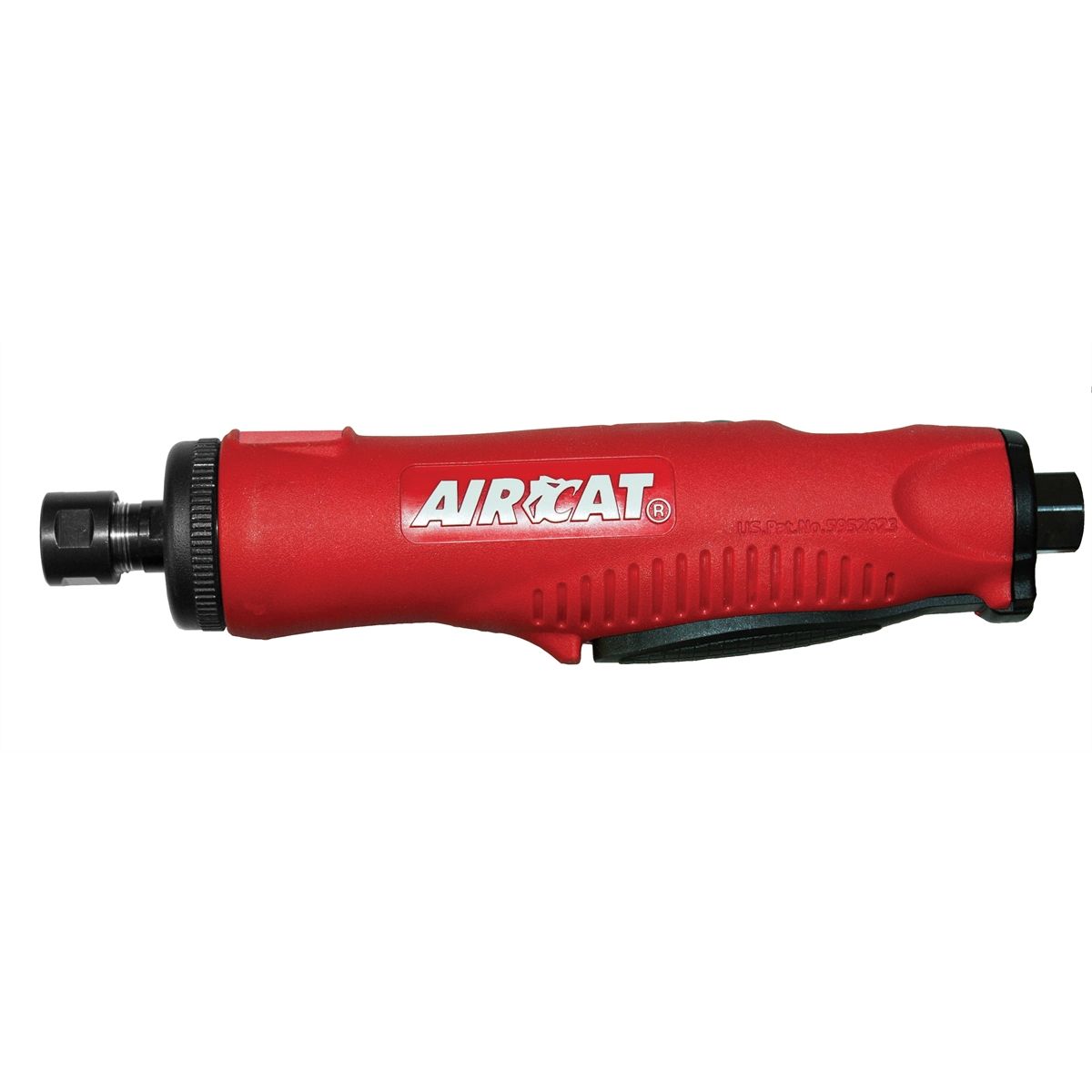
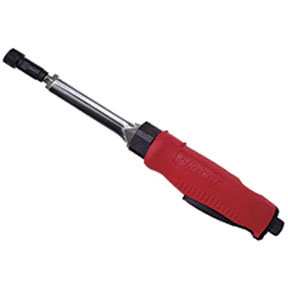
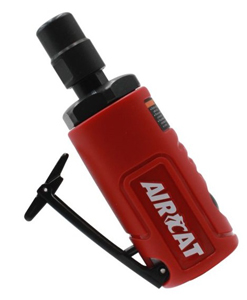

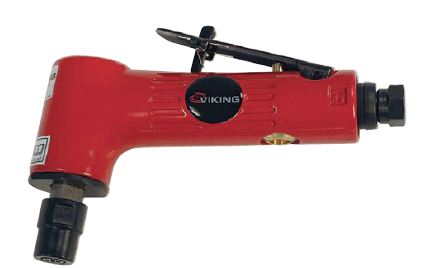
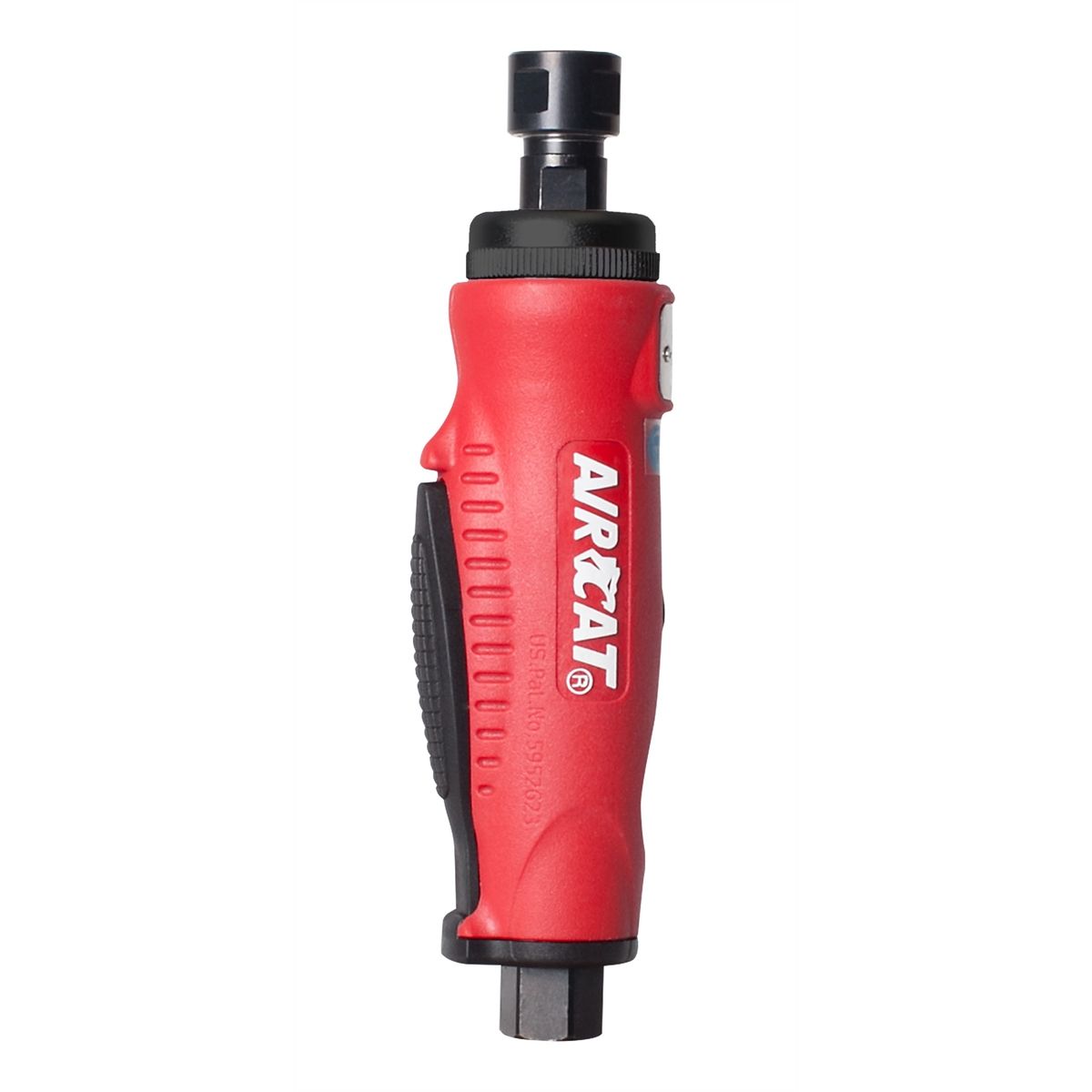
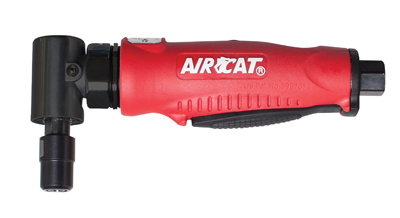

Follow us on social media